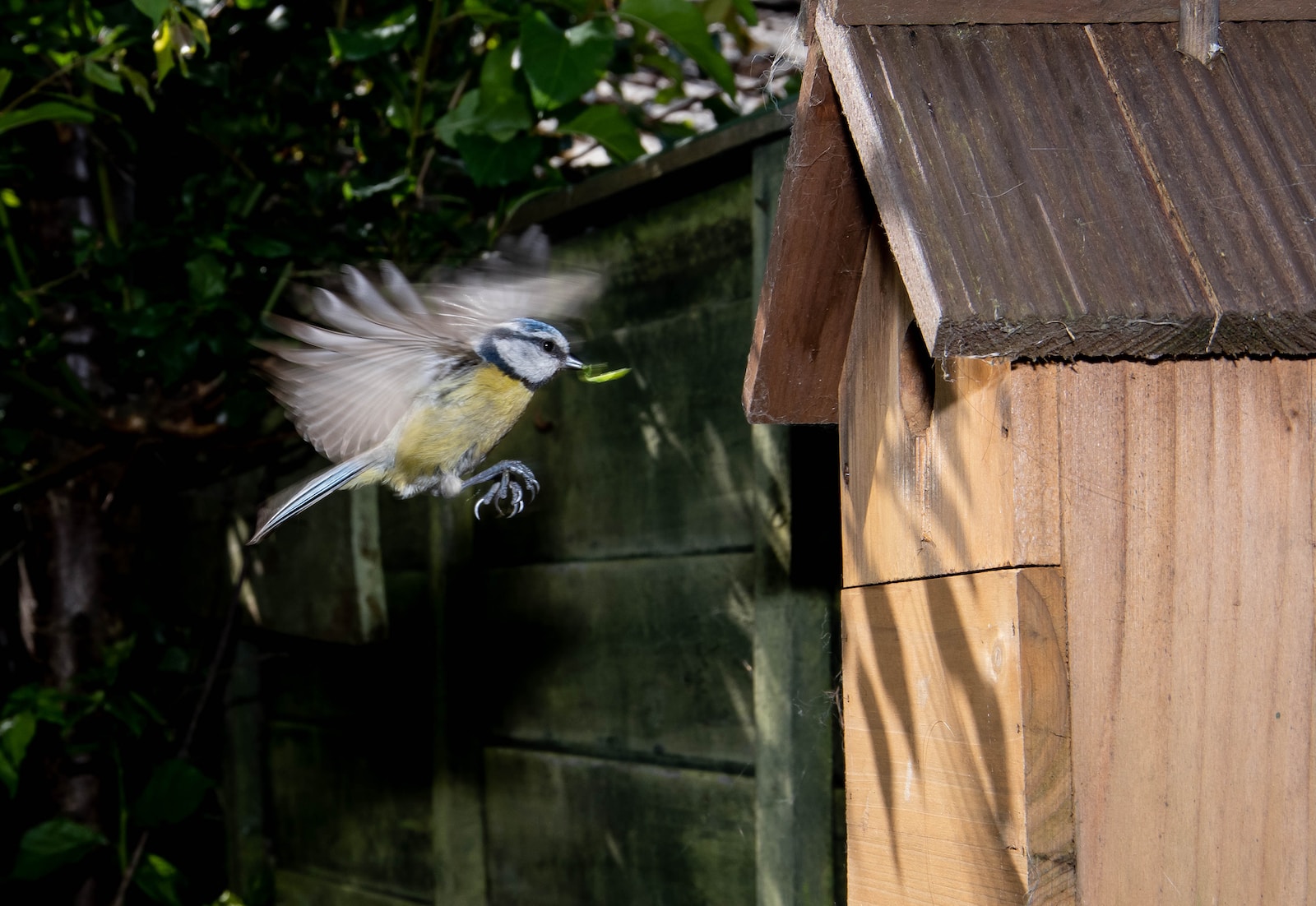Finding the Balance in the Garden

Your deepest presence is in every small contracting and expanding, the two as beautifully balanced and coordinated as bird wings.” – Rumi.
A friend and colleague recently said that gardening is above all an experiment: there is never a correct way to garden, rather it is a process of trial and error, sometimes being too drastic, sometimes being too timid. Moving between these two poles of gardening I might come to a feeling of balance, of ‘just rightness’, whilst knowing, of course, that the balance will be fleeting because gardens, like life, continually move on. Below are some examples of the way I have been experimenting with this idea of ‘finding the balance’.
Pruning perennial ground cover at Midsummer. In one of my gardens there is a very long bed with mixed shrubs and perennials, fronted by the herbaceous geranium ‘Wargrave Pink’. Whilst offering its many flowers from May to October without any demands, it does also become quite bushy and exuberant and can tend to crowd out other lesser plants, and if I am really honest, after two months, the pink flowers can become a little boring! So this year I cut all the plants right down to the ground at Midsummer, using a combination of secateurs and a hedge trimmer (the bed is quite big!). For a week I felt I had made a mistake, the bareness of the yellow cut stems looked quite shocking in the middle of Summer, not something one usually sees. However, the new growth soon started sprouting and a gentle rising layer of fresh green devoid of the ubiquitous pink was actually welcome and enjoyable, reminding me of the pleasure that this geranium offers in the very first months of Spring.
Cutting meadows a little earlier than usual. For many years I have advised that all meadows should be left until around the beginning of August (Lammas Day), religiously adhering to this advice in my own garden, but what if the meadow looks untidy before that? Should I wait until August, or should I cut it earlier? This year I chose to cut some meadows earlier, particularly those in shady areas because the first flush of spring growth had morphed into an ungainly mess. The results were similar to the geraniums above – a bit of a shock at first, but now I experience a calm spaciousness in the area which is quite pleasing.
Leaving some perennials uncut throughout the year. The general rule for perennials is that once they have finished flowering and no longer look beautiful, they should be cut back to the ground. Following this rule I sometimes leave the dead stems of Marjoram, Fennel and– Purple Loosestrife (my favourite water plant) to remain long into the winter. This year however, for some of the Marjoram and the Loosestrife, there never seemed to be a time when the dead stalks didn’t look beautiful. So I left them. And now the new growth is twining its way up the dead stems in a rather pleasing way, which of course is what happens in nature.
Maybe these three simple examples can inspire us to experiment in our gardens, moving from ‘hard pruning’ to ‘hard neglect’; it’s an interesting experience that seems to have reflection in my life outside gardening, trying to find the balance between ‘too much’ and ‘too little’. And a final thought – gardens are endlessly forgiving, we are allowed to experiment with them, to make mistakes, to move between the poles of the radical and the modest and to work with them in unconventional ways. In my experience they will always respond kindly to this approach, welcoming our humble efforts to engage in the universal process of searching for balance.





